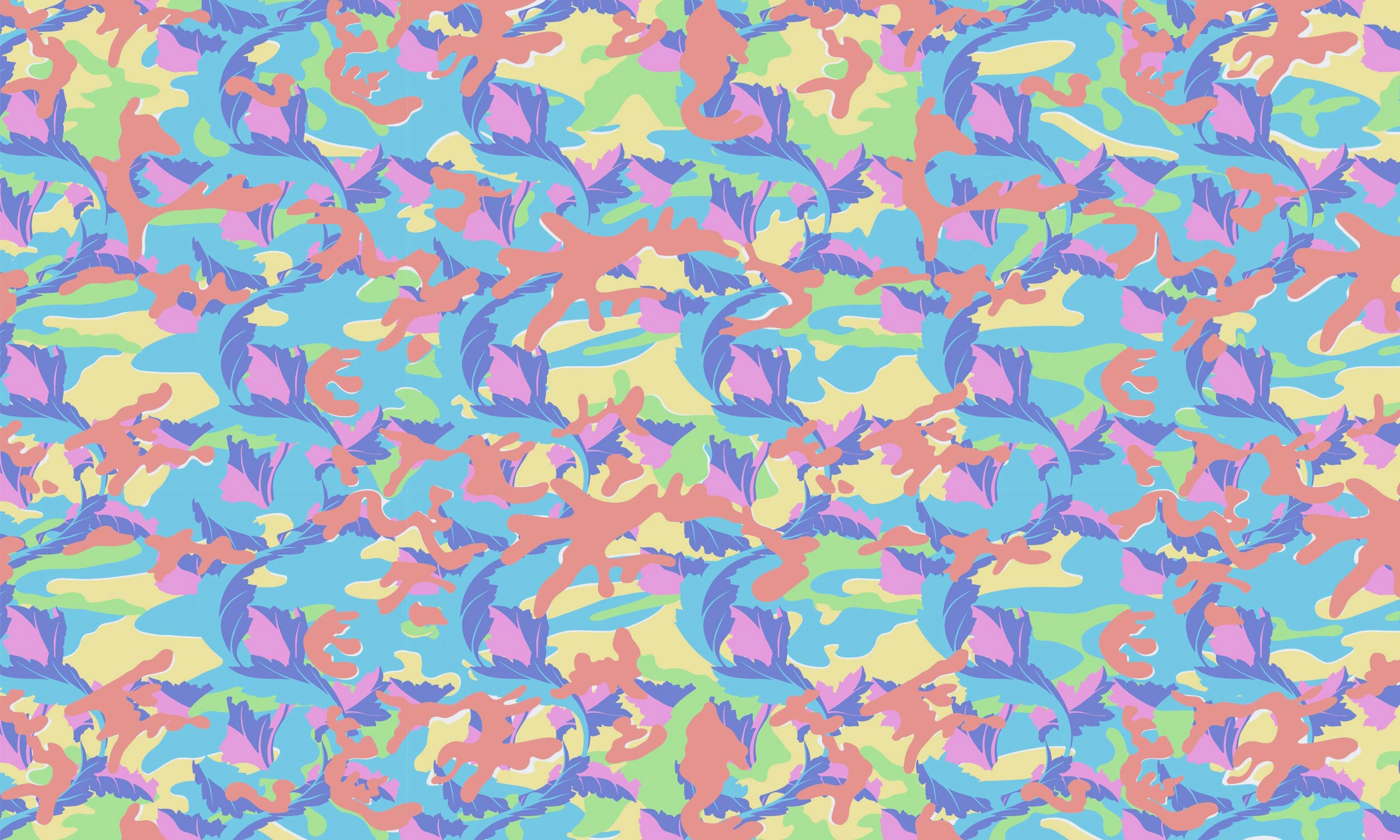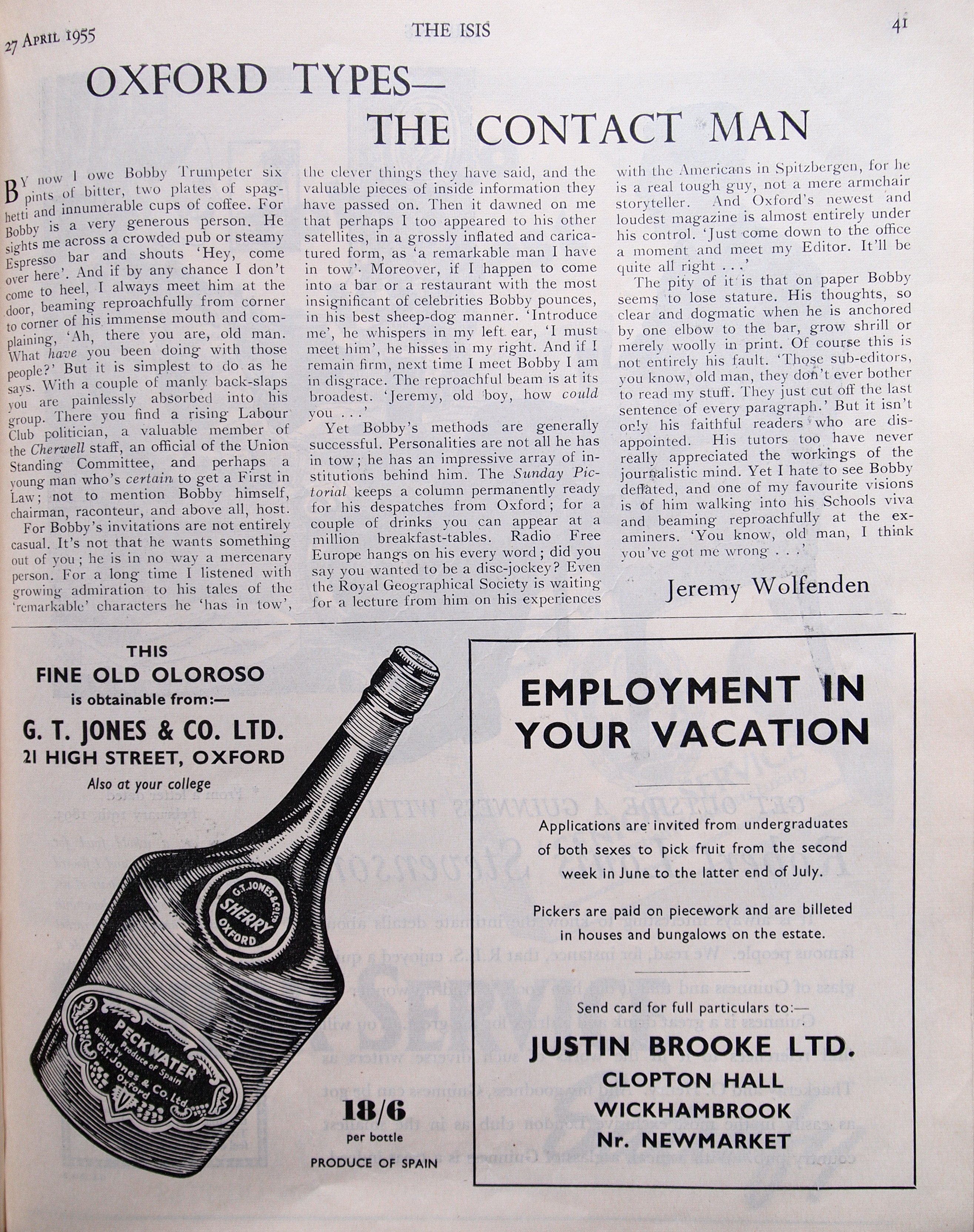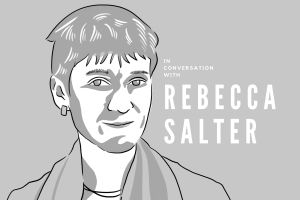
Love is Enough: Jeremy Deller in Oxford
by Thea Slotover | January 31, 2015
An interview with Jeremy Deller and a review of his Modern Art Oxford show ‘Love is Enough’
Since Jeremy Deller generates his own work through what can and has been called a curatorial process, I approached the Modern Art Oxford show with the impression that it was, in its entirety, one of his works. The show’s poster advertises it with the names of the three artists and the name of the exhibition. It was only during the questions following a talk in the galleries that I decided he was not the third artist featured in the show, when one of the attendees asked why he had chosen to curate a selection of the works of Andy Warhol and William Morris, and he explained that it was entirely at the request of Modern Art Oxford’s Head of Programme, Sally Shaw.
People often hesitate to call Deller ‘an artist’. He has said that he has no fine art skills, and even critics brimming with praise prefer to describe his role as more nuanced. He might not make things by sculpting or painting or drawing, but he makes things happen. His work often results in an unexpected concordance of different processes or ideas, such as in 2005’s ‘Acid Brass’ when Deller had the Williams Fairey Brass Band to play Detroit Techno classics. According to the late cultural theorist Stuart Hall, Deller is “an assembler of things, a ‘stager’ of events, people and artefacts, a re-maker of already constituted materials.” This description fits well with his role in piecing together ‘Love is Enough’, which tells the story of the life and works of Warhol and Morris by suggesting that the two figures are only superficially dissimilar, and that audiences have misunderstood both artists by failing to recognise many of the qualities they share.
The most obvious of these shared qualities is that which Deller is lacking—technical skill. From a contemporary vantage point, Morris’ identification with the ‘Arts and Crafts’ movement summons the image of an isolated artisan hunched over delicate florals, while imagining Warhol’s role in developing pop art through his ‘factory’ processes conjures up a distanced, managerial figure ordering handsome minions to churn out Campbell’s prints. Deller’s glance back at their careers suggests that their working patterns were more similar. While placing great value on the role of the craftsman, Morris enjoyed pioneering machinery in his workshops that he could use to make products for his Oxford street store as efficiently as possible.
Warhol used to spend several hours alone each Sunday away from the chaos of the Factory, drawing. The exhibition catalogue even points out the similarity between the content of the two artist’s work; Flowers, ever-present in Morris’ prints, are the second most prominent motif in Warhol’s work.
Deller encourages us to see the two both growing up in respective fantasy lands in the ‘Camelot’ room. As children, both were compelled to stay at home by chronic illnesses, incubating their vivid inner lives. Morris spent his childhood steeped in the Arthurian legend, and even used to ride a pony in a miniature suit of armour round the grounds of his family home. Warhol dreamt of a concurrent fantasy world. He was fixated on the stars and legends of Hollywood and wrote many letters to his idols during childhood. At the opening of the show, Deller explained: “I wanted this opening gambit to show these as ideal beauties opposite each other, and sort of as tragic inner worlds.” On display in the galleries is a signed photograph of a young Shirley Temple addressed to “Andrew Warhola”, who would have been only four months younger than her. Deller frames the star-studded White House of the Kennedy era as the Warhol’s own ‘Camelot’, a moniker given by journalist Theodore White. Retrospectively, rather than the young boy’s desperate yearning for fame, the cause of the pathos-inducing effect of the souvenirs of Warhol’s ‘inner world’ is the tragic end met by his idols.
Blunt comparisons are least effective in dealing with the artists’ political concerns. Morris’ trademark floral prints do not immediately suggest a buzzing political conscience, but during his lifetime Morris was one of Britain’s most prominent revolutionary socialists. As well as his close reading of Marx, his work for clients as titled and wealthy as Queen Victoria helped persuade him to turn to socialism by brewing a simmering contempt for the social elite. According to Deller, “Morris was no fan of the royal family but he saw working for these people as kind of ways of realizing his own personal projects. They thought he was working for them, but they were actually working for him, as he saw it.”
He is reported as announcing in the house of one curator, “I’m fed up of ministering to the swinish luxuries of the rich!” The exhibition is stuffed with his pamphlets, ‘How I became a Socialist’; ‘Useless Work Versus Useful Toil’, and, ‘Chants for Socialists’.
When introducing the show, Deller stressed the need for a re-appraisal of Warhol. “Warhol’s trademark blankness belies a deeply political artist. I think we need to think about him again, about what he was doing, what he was looking at, I think he was actually commenting a lot on American society throughout his career.” Though Morris’ life became, for a period, completely devoted to his political ideals, Warhol’s more obviously reflects his politics. On display in the exhibition is Warhol’s ‘Electric Chair’, ‘Race Riot’ and ‘Mao’ screenprints, and a wallpaper mapping USSR nuclear bases. The mass production of these images without comment is suggestive of an artist disengaged with the images of mass media. Deller himself admits that some of Warhol’s interest in these images came from their position as almost already a part of ‘pop culture’. “The thing about the chairman Mao image was it was the most reproduced image in the world, so it was natural that Andy Warhol was going to be interested in that.” If it represents a race riot through the same means as a soup can, then surely he can’t have thought the race riot too important. During a tour of the gallery given by Deller and Ralph Rugoff, the speakers agreed that Warhol’s detachment from these images, rather than indicating his lack of political engagement, shows that he believed individual emotions were not to be trusted. His work reflects no bias, only the world he saw before him. The closest Warhol came to political comment was the election poster he designed for the Democrat candidate in the 1972 presidential campaign, George McGovern. Under a print of the Republican candidate Nixon, he wrote ‘Vote McGovern’. Contemporary viewers valued Warhol’s work for its political relevance. Gallerist Anthony D’Offay has said that when Warhol first exhibited his prints of dollar bills, it was common to hear pundits complain, ‘he’s done nothing good since Mao.’
The exhibition attempts to show that Morris and Warhol shared an egalitarian approach in their ambitions for the distribution of their work. Warhol developed the term ‘Commonism’ to explain how he wanted his art consumed. At the show’s opening, Deller spoke of how Warhol had admired the cross-societal reach of mass production, and wished that his art might be available and accessible to all in its intended format, much like a can of Coca Cola, or Campbell’s soup. Deller argued that this meant “in a way he was an egalitarian”, but nevertheless, Warhol’s approval of mass production was perfectly in keeping with his love of capitalism.
Morris, had he been working for a revolution in 1970’s New York, would not have seen Warhol as a comrade. But if Warhol had been able to travel back to Morris’ Oxford Street store, ‘Morris & Co.’, he might have found some common ground. Though it was not quite mass production, Morris did manufacture his work on a large scale, which Warhol most likely would have admired. Morris managed to create a brand which was renowned throughout the even throughout the transatlantic middle classes in his own lifetime. In Deller’s eyes, “Both men had their own business empires which still exist and are still very, very healthy”.
It is perhaps this skill and desire for self-promotion that provides the closest relationship between the two artists. They both published extensive works endorsing their worldview. Morris produced his socialist pamphlets and Warhol -published Interview magazine, which foregrounded the stars he saw as the face of society. Their ardent belief in the importance of what they were publishing manifested itself in very different ways, however. Deller paints an image of Morris as fervently earnest in promoting his cause. “He would walk around with a sandwich board advertising his socialist newspaper. He put his money where his mouth was. In that way, he’s a very inspiring figure” Their artistic outputs were also unprecedentedly well communicated across the globe and to non-traditional consumers of art.
Deller’s role as curator in ‘Love is Enough’ was anticipated by Warhol. Warhol became the first artist to curate an exhibition with his show ‘Raid the Icebox’ at the Rhode Island’s School of Design, in which he dug into their archives to display enormous numbers of pieces not considered important enough to be shown in the permanent collection. This style of exhibiting re-imagined the traditional hierarchy and narrative of art history. ‘Love is not Enough’ provides more far more comment to accompany its re-framing of these two artists. Deller’s own, less conventional form of artistic talent, his skill as as a ‘stager’, as Stuart Hall puts it, is on prominent display here. Though Sally Shaw initiated the pairing, it is Deller’s deft weaving of their careers into seemingly parallel narratives that encourages a re-examination of these two luminaries.
‘Love is Enough’ is at Modern Art Oxford until the 8th of March 2015




